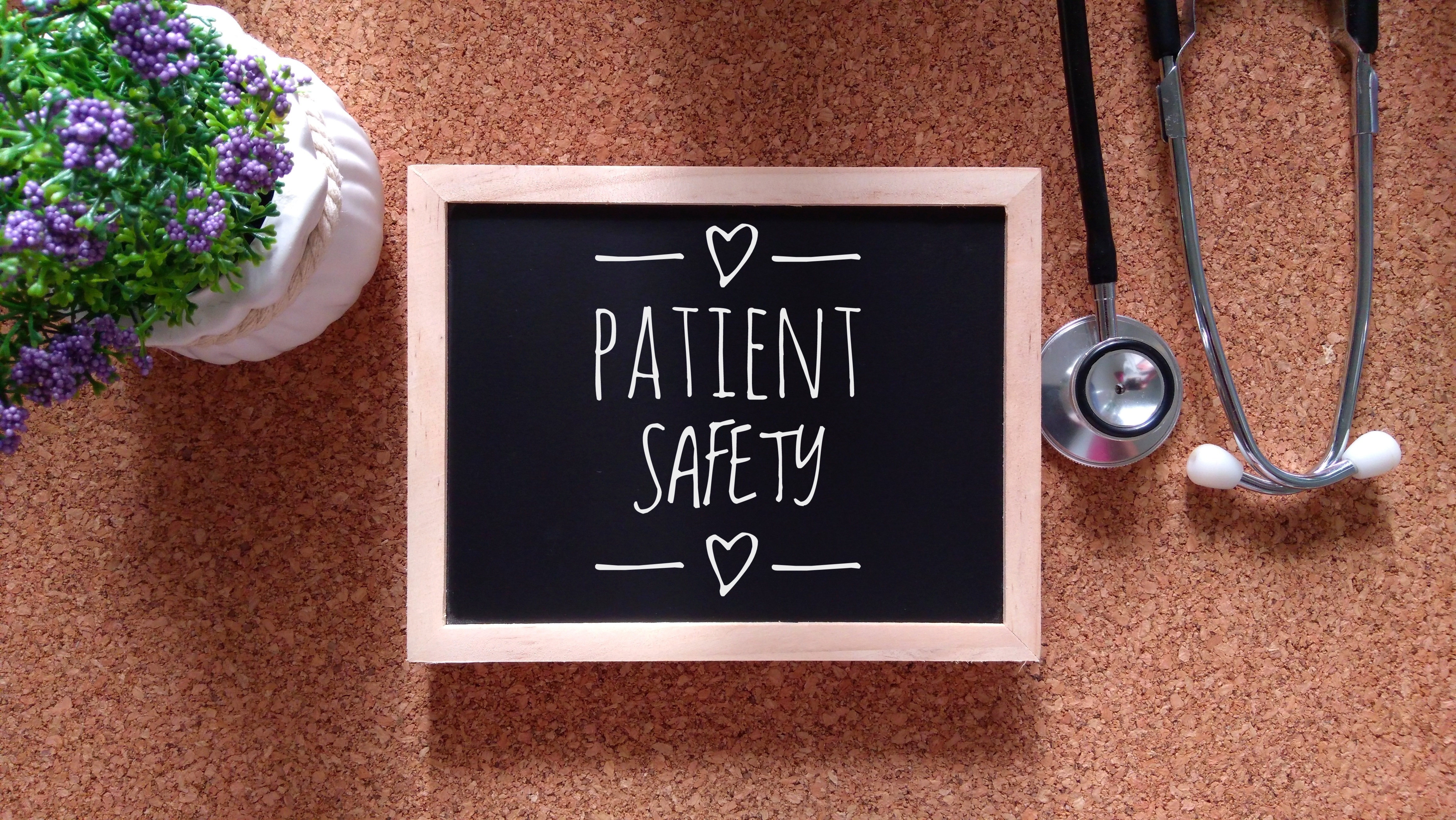From leadership through risk managers, patient safety managers, providers and on to front-line staff, it’s a given that everyone in a healthcare system shares the goal of delivering high-quality care that’s free of errors. To reach that goal, a growing number of healthcare organizations have committed to building a safety culture that’s transparent and, in the increasingly common term, “blame-free.”
Yet, even in organizations committed to non-punitive cultures, old habits die hard. Providers still hesitate to report mistakes for fear of being singled out or blamed. The reality is, it’s very difficult to create a safety culture in which staff feel safe in reporting events and then learning from them.
All of which leads to the $64,000 question: “How can healthcare systems create trusting, open, learning-based safety cultures—while still maintaining accountability—and what are the benefits of such a culture?”
In many healthcare systems, the adoption of software for safety-event reporting and management is far along, even fully deployed. A large portion of these organizations have the tools in place. However, the challenge then becomes how to use the data in the system—in other words, the stories that have been collected—to promote a nonpunitive culture.
The point here is, many healthcare organizations are not yet treating the safety-event data they collect any differently than they did in the past; they are not being open and transparent with medical errors or events, and they are not sharing them consistently with front-line staff as a learning tool.
The good news is, there are solid incentives for healthcare organizations to move to a transparent, learning-oriented approach to collecting and making use of safety data:
It’s one of the best ways to improve safety results.
It’s fair to say that there aren’t any healthcare systems—none, zero—that do NOT wish to improve their safety results. Even the highest performers still have room to improve. As everyone in the field knows, healthcare is a complicated, high-risk profession in which zero harm is the goal, but never truly attained.
Front-line staff have to A.) feel safe when they report safety events and B.) have confidence that what they report won’t go into a black hole—that there will be attention given to their report. As reports have shown , we don’t capture most events. Staff are really busy, and they don’t always have the time to report events. Moreover, they don’t always receive feedback on the events they do report. This lack of feedback discourages them from reporting again in the future.
If, however, the rates of event reporting improved, healthcare organizations could improve how they use that information: there is great power in data. Patient safety managers and risk managers could more effectively trace back to the cause(s) of the harm to the patient, whether there was an error or not. Managers could then correct the cause(s) and share those learnings with the entire staff (note here that blaming the healthcare professional is conspicuously absent from the process).
At the end of the day, most people want to be part of something bigger than themselves. This includes staff at healthcare organizations, who strive to deliver outstanding care and treatment while continuously improving the patient experience. Transparency, access to information, and improved communication around safety events is a big step toward the goal of improving all those results.
It’s the best way to retain the best staff.
Improving staff retention is a goal for every healthcare system. All other things being equal, experienced caregivers prefer to be part of a positive, learning-based environment in which they don’t have to worry about being routinely (or even not-so-routinely) blamed for safety events.
As noted above, people go into healthcare because they want to help people, and because they want to respond to a higher calling. They want to deliver high-quality care, but a punitive culture can impede that by causing them to: 1.) Try to solve an event on their own, in the moment, which leads to 2.) no one learning from each other’s experience, which 3.) inevitably leads to events that will occur again, potentially with tragic, even fatal results.
Let’s contrast the situation above with a transparent safety culture. When events are reported, and data collected more completely, staff can be informed of trends to be aware of, have the ability to prevent the events from occurring before they happen, and ultimately deliver better care.
When staff have high turnover rates, it’s especially difficult to have consistency in the delivery of care and prevent safety events. Anything that enables healthcare professionals to report events more frequently and candidly and share their experience contributes to higher staff retention. This in turn is good for patients and good for the organization.
It’s the best way to reduce claims.
Logic and experience dictate that if you have a transparent culture, recognize the trends, and your staff is experienced and confident in their place within the system, the rate of claims will fall. That said, we’re all fallible, and even the most competent people will make mistakes. The more we know about the events and trends in our system, the more we can prevent those kinds of events most likely to become claims.
There is a caveat here. Organizations must be open with patients about mistakes, and the organization must also support the provider when management discusses events with patients. Transparency isn’t just an element of internal culture. It must extend to how we interact with patients and how we share our data with them.
Most often, claims happen because the family of patients can’t get answers about what happened, which leads to their feeling hurt and angry. There are health systems that, as soon as they know an error has been made, will work with the families in a transparent, honest manner. They often work through very tough situations directly with families, and without engaging attorneys. And then, importantly, these systems support the providers who made the mistake—and support not just in the legal sense, but in helping them learn from and handle the emotional consequences of making a mistake.
A healthcare professional feels terrible about making a mistake; support and transparency help them process it, learn from it, and move forward with their jobs in a healthy manner. This also in turn helps retain staff and creates an environment where reporting and discussing errors is welcomed. And, it should be noted, system errors often contribute to events. Correcting these system errors helps the provider and his or her colleagues across the system.
In the final analysis, what I’ve described above can perhaps be best visualized as a virtuous cycle, or maybe a self-perpetuating engine in which all the steps an organization can take contribute to a safety culture that’s nonpunitive, learning-based, and supportive of caregivers and patients alike. And the results—reducing future human errors and identifying and correcting system errors—lead to a continuously improving culture.
Software alone can’t create or perpetuate a strong culture of patient safety. However, it can have a central place in making a reality out of leadership’s commitment to achieving its goals. Ventiv Patient Safety has been designed specifically to support the kind of culture outlined above. Click here to learn more about Ventiv Patient Safety.
Heather Annolino, RN, MBA, CPHRM, is senior director of Ventiv Technology’s Healthcare Practice. Contact Heather at Heather.Annolino@ventivtech.com or connect with Heather on LinkedIn.












